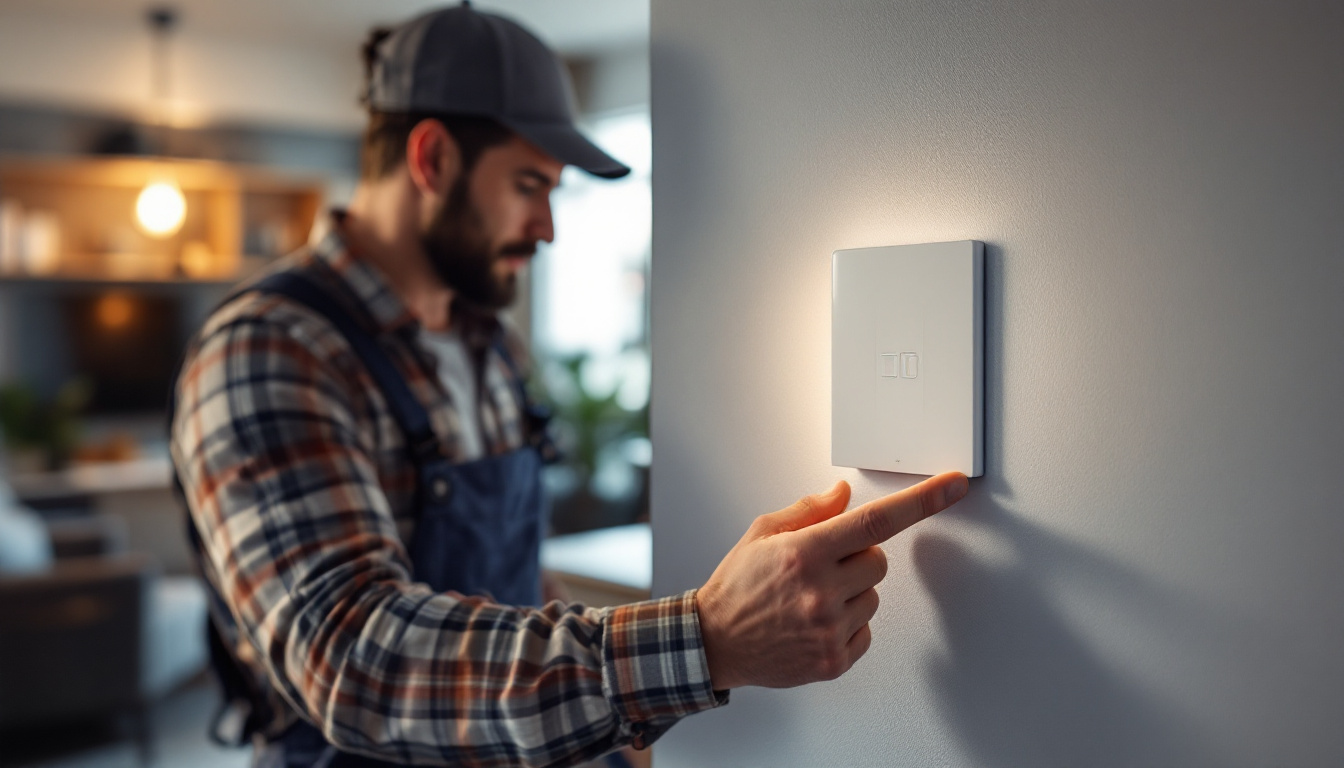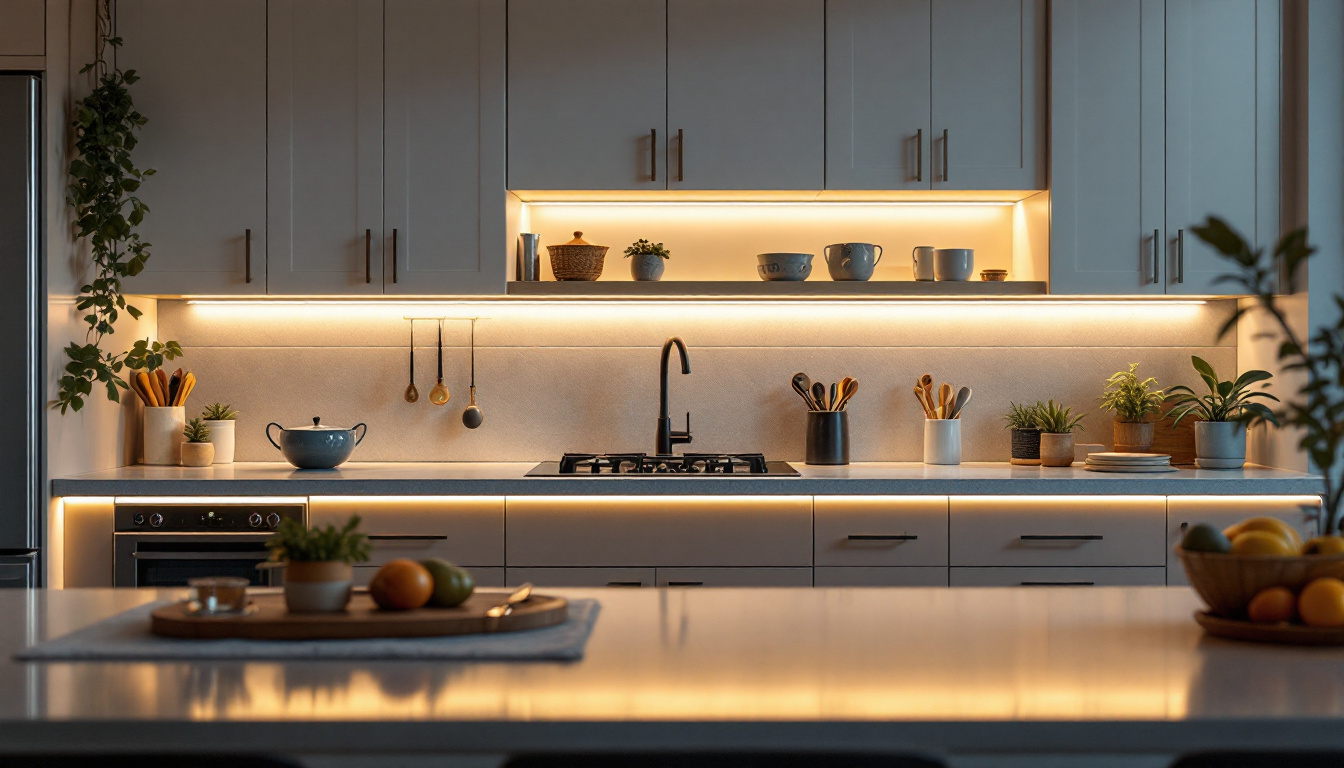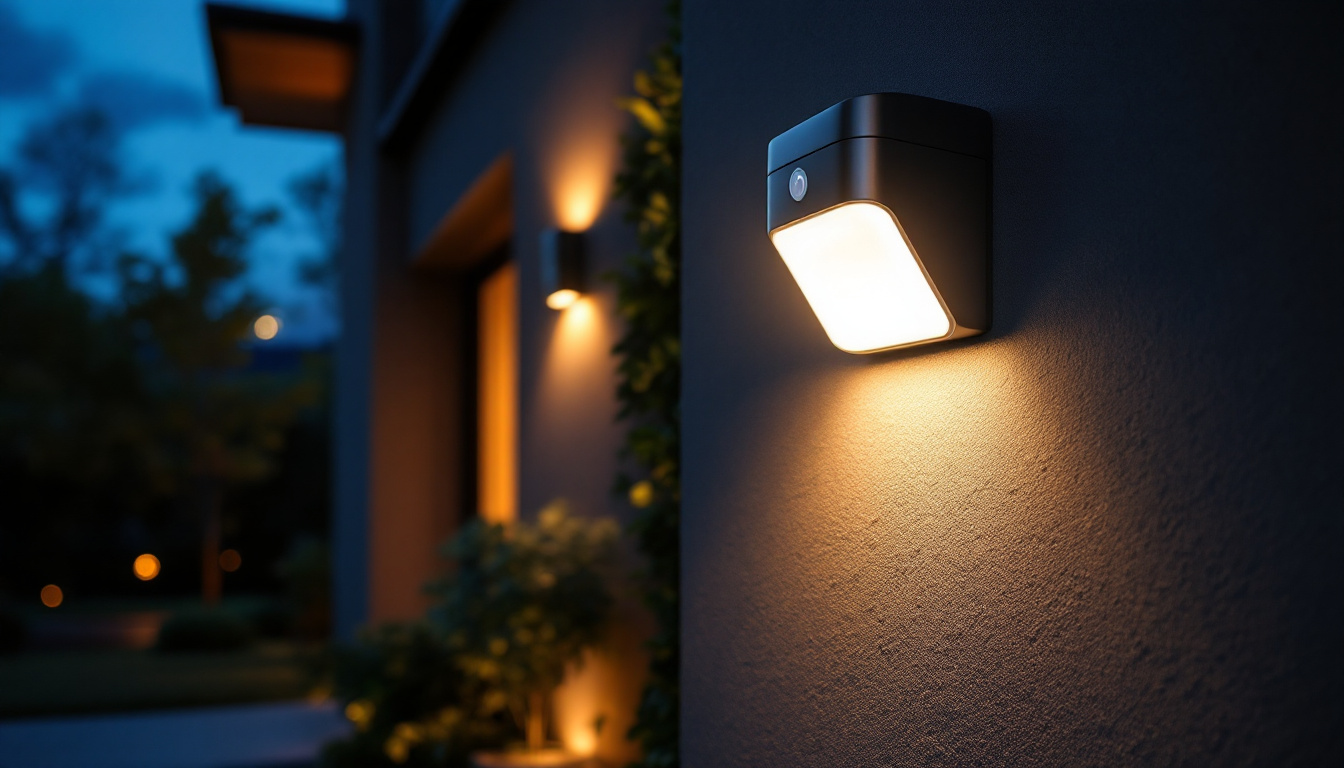
Pendant lighting has become a popular choice in both residential and commercial settings, offering versatility and style. LED technology enhances this form of lighting, providing energy efficiency and longevity. However, with the rise in popularity comes the need for compliance with various regulations and standards. Lighting contractors must be well-versed in these aspects to ensure successful installations and satisfied clients.
LED pendant lights offer numerous advantages over traditional lighting options. One of the most significant benefits is energy efficiency. LEDs consume significantly less power than incandescent or fluorescent bulbs, which translates to lower energy bills for consumers. Additionally, the lifespan of LED bulbs is considerably longer, often lasting up to 25 times longer than traditional bulbs. This longevity reduces the frequency of replacements, further benefiting both the environment and the wallet.
Another advantage is the versatility in design. Pendant lights come in various styles, sizes, and finishes, making them suitable for different decor themes and settings. Whether it’s a modern kitchen or a rustic dining area, there is an LED pendant light that can enhance the aesthetic appeal of the space. Furthermore, many LED pendant lights are now available with adjustable brightness and color temperature options, allowing homeowners to customize their lighting to suit different moods and activities. This adaptability makes LED pendant lights not just a functional choice, but also a key element in creating the desired ambiance within a room.
As lighting contractors, understanding compliance is crucial. Regulations surrounding LED lighting can vary by region and may include energy efficiency standards, safety codes, and environmental regulations. Familiarity with these guidelines ensures that installations meet legal requirements and industry standards.
Contractors must stay updated on local and national codes, such as the National Electrical Code (NEC) and the Energy Policy Act. These regulations often dictate the types of materials that can be used, installation practices, and energy consumption limits. Non-compliance can lead to penalties and costly rework, making it imperative to prioritize adherence to these standards. Additionally, many regions are now implementing stricter regulations aimed at reducing carbon footprints and promoting sustainable practices. This means that lighting contractors not only have to consider current regulations but also anticipate future changes that may affect their installations. By staying informed and proactive, contractors can position themselves as leaders in the industry, ensuring that their projects are not only compliant but also environmentally responsible.
Proper installation of pendant lighting is essential for both functionality and safety. Lighting contractors should follow best practices to ensure that each installation is executed flawlessly. This includes understanding the electrical requirements, appropriate mounting techniques, and ensuring proper spacing and height for optimal illumination.
Before installation, contractors must assess the electrical capacity of the existing wiring. LED pendant lights typically require less wattage, but it’s crucial to ensure that the circuit can handle the load. Additionally, using compatible dimmers can enhance the functionality of LED fixtures, allowing for adjustable brightness levels that cater to various moods and activities.
Contractors should also be aware of the importance of using high-quality connectors and wiring. Poor connections can lead to flickering lights or even electrical hazards, which can compromise safety and client satisfaction. Investing in quality materials is a small price to pay for the assurance of a safe and effective installation. Furthermore, it is advisable to check local building codes and regulations, as these can dictate specific requirements for electrical installations, ensuring compliance and safety in the long run.
When it comes to mounting pendant lights, the technique used can significantly impact both aesthetics and functionality. The height at which pendant lights are hung is particularly important. A general rule of thumb is to hang them 30 to 36 inches above a dining table or kitchen island. This height allows for adequate illumination while ensuring that the light does not obstruct views or create an overwhelming presence.
Additionally, spacing between multiple pendant lights should be considered. A common guideline is to space them at least 24 inches apart to avoid overcrowding and to ensure even light distribution. This attention to detail enhances the overall look of the installation and improves the lighting quality in the space. It’s also worth considering the style and design of the pendant lights themselves; for instance, larger fixtures may require more space to avoid overwhelming the room, while smaller pendants can be clustered for a more dramatic effect. This creative approach not only serves a functional purpose but also adds a unique design element that can elevate the entire ambiance of the area.
As sustainability becomes a more pressing concern, lighting contractors must prioritize energy-efficient solutions. LED technology is inherently more sustainable than traditional lighting options, but there are additional steps that can be taken to enhance energy efficiency in installations. Beyond just the choice of lighting technology, the overall design and layout of lighting systems can significantly impact energy consumption. For instance, incorporating smart lighting controls, such as motion sensors and dimmers, can optimize energy use by ensuring that lights are only on when needed, further reducing waste.
When selecting LED pendant lights, contractors should look for products that are ENERGY STAR certified. This certification indicates that the fixtures meet strict energy efficiency guidelines set by the U.S. Environmental Protection Agency. Using ENERGY STAR products not only reduces energy consumption but also appeals to environmentally conscious clients. Furthermore, exploring options that utilize advanced optics can enhance the quality of light while minimizing energy usage. High-quality LED fixtures can provide better illumination and color rendering, which can be a significant selling point for clients looking to create inviting spaces.
In addition to choosing certified products, contractors should educate clients on the benefits of LED lighting, including lower energy costs and reduced environmental impact. This knowledge can help clients make informed decisions and may lead to increased demand for energy-efficient solutions. Additionally, highlighting the longevity of LED products, which can last up to 25 times longer than traditional bulbs, can further persuade clients to invest in these sustainable options. By presenting the long-term savings and environmental benefits, contractors can position themselves as trusted advisors in the transition to energy-efficient lighting.
Proper disposal of old lighting fixtures and bulbs is another aspect of sustainability that contractors should consider. Many communities have specific regulations regarding the disposal of fluorescent and incandescent bulbs, which can contain hazardous materials. Educating clients on recycling options for old fixtures and bulbs promotes environmentally responsible practices and enhances the contractor’s reputation as a sustainable business. Offering to handle the recycling process as part of the installation service can also add value to the contractor’s offerings and demonstrate a commitment to sustainability.
Moreover, contractors can explore partnerships with local recycling facilities or programs that specialize in the safe disposal of lighting products. By facilitating this process, they not only contribute to environmental conservation but also build a network of resources that can benefit their business and clients alike. Additionally, sharing information about innovative recycling technologies, such as those that recover valuable materials from old bulbs, can inspire clients to participate in sustainable practices and further solidify the contractor’s role as a leader in energy efficiency and environmental stewardship.
The lighting industry is continually evolving, with new trends emerging regularly. Staying informed about these trends can help lighting contractors provide clients with the latest options and designs that align with current preferences.
Smart lighting technology is gaining traction among consumers, offering features such as remote control, scheduling, and integration with home automation systems. Pendant lights equipped with smart technology allow users to customize their lighting experience, enhancing convenience and energy efficiency.
Contractors should consider recommending smart LED pendant lights to clients looking for modern solutions. Familiarity with smart lighting systems can also give contractors a competitive edge in the market, as more consumers seek out these innovative options.
In terms of design, pendant lighting is moving towards more minimalist and industrial styles. Clean lines, geometric shapes, and the use of mixed materials are becoming increasingly popular. Contractors should be aware of these design trends to better advise clients on suitable options that complement their interior spaces.
Furthermore, the use of bold colors and unique finishes can make pendant lights a focal point in a room. Contractors should encourage clients to consider these elements when selecting fixtures, as they can significantly impact the overall ambiance of a space.
Effective communication with clients is vital for successful lighting installations. Educating clients about the benefits, features, and maintenance of LED pendant lighting can lead to more informed decisions and increased satisfaction.
Many clients may not fully understand the long-term cost savings associated with LED lighting. By explaining how LED fixtures consume less energy and have longer lifespans, contractors can help clients appreciate the value of their investment. Providing a simple comparison of energy costs between LED and traditional lighting can be an effective way to illustrate this point.
Additionally, discussing potential rebates or incentives for energy-efficient upgrades can further motivate clients to choose LED solutions. Many utility companies offer programs that reward consumers for making energy-efficient choices, which can significantly offset the initial investment.
Educating clients on the maintenance of their pendant lighting can enhance their overall experience. While LED lights require less frequent replacement, they can still accumulate dust and grime, which can affect their brightness and efficiency. Providing simple cleaning tips and recommending appropriate cleaning products can help clients maintain their fixtures and prolong their lifespan.
Furthermore, discussing the importance of checking connections and ensuring that the fixtures remain securely mounted can prevent potential issues down the line. This proactive approach not only enhances client satisfaction but also reinforces the contractor’s expertise and commitment to quality.
Pendant lighting LED offers a blend of style, efficiency, and versatility, making it a favored choice among consumers. However, lighting contractors must navigate the complexities of compliance, installation best practices, energy efficiency, and emerging trends to ensure successful projects. By staying informed and prioritizing client education, contractors can enhance their service offerings and contribute to a more sustainable future.
Ultimately, the knowledge and expertise of lighting contractors play a crucial role in the successful adoption of LED pendant lighting. By embracing these elements, contractors can not only meet client expectations but also position themselves as leaders in the evolving lighting industry.
Ready to elevate your lighting installations with the efficiency and style of LED pendant lighting? Look no further than LumenWholesale for all your lighting needs. We provide contractors with an extensive selection of top-quality, spec-grade lighting products at unbeatable wholesale prices. Say goodbye to inflated markups and hello to superior lighting that meets the highest industry standards. Plus, with free shipping on bulk orders, you can enjoy premium lighting at the best value — all without hidden fees or compromises. Don’t miss out on the perfect blend of quality, affordability, and convenience. Visit LumenWholesale today and discover the best in wholesale lighting at the best value for your next project.

Discover the benefits of light switch timers and why staying updated on this technology is crucial for lighting contractors.

Discover how under-the-cabinet lights can transform your kitchen into a well-lit, stylish space.

Discover how exterior sensor lights can revolutionize your lighting projects by enhancing efficiency and security.

Discover the frequent pitfalls lighting contractors face when installing backyard solar lights.